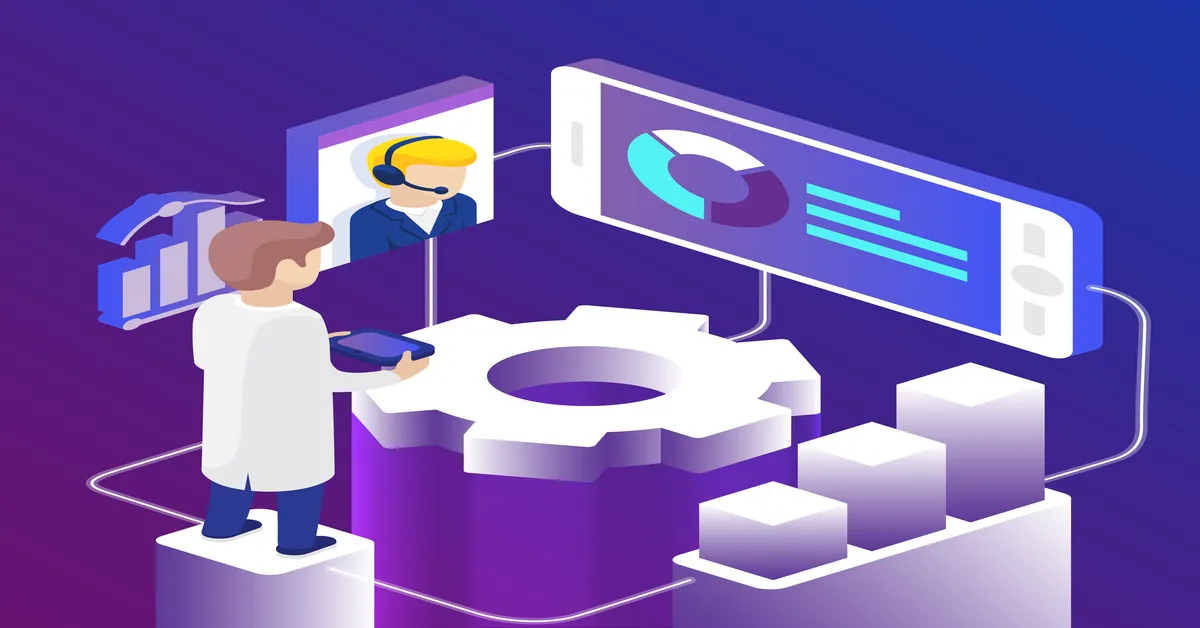Survival in the fast-paced and constantly-changing business world requires flexibility. Contemporary enterprises encounter a plethora of obstacles, ranging from evolving customer tastes and technology breakthroughs to worldwide economic fluctuations. Businesses need to maintain current and effective software applications if they want to be relevant and competitive. Application re-engineering is useful in this situation and Connect Sol is expert in it We’ll discuss the importance of application re-engineering difference between BPI and BRP for contemporary enterprises in this blog article.
Understanding the Distinction Between BPI and BPR
While Business Process Reengineering (BPR) and Business Process Improvement (BPI) may appear similar at first glance, they differ significantly in their approaches and objectives. BPI often involves making incremental changes, adjusting a few guidelines here and there. In contrast, BPR is a more radical strategy that challenges organizations to think beyond their current processes and introduce revolutionary changes.
BPR adopts a comprehensive approach, while BPI is an incremental framework that focuses on making small adjustments to existing processes, improving them without fundamentally altering the process framework. In essence, BPI seeks to refine existing processes while retaining the status quo.
Maintaining Competitiveness
In the age of digitalization, staying competitive is a constant pursuit for businesses. One of the most effective strategies to maintain a competitive edge is to leverage the latest software and technology. Through application re-engineering, businesses can ensure they remain competitive by upgrading their existing applications to meet user expectations and the latest industry standards.
Embracing Technological Advancements
The pace of technological development is relentless. What was considered state-of-the-art a few years ago might now be outdated. To stay competitive, organizations must embrace the latest advancements in software development and infrastructure. By re-engineering their applications, businesses can integrate cutting-edge technologies such as blockchain, IoT, AI, and machine learning into their systems, enhancing functionality and offering new features to users.
Enhancing the User Experience
User expectations are continually on the rise. Modern consumers demand software that is engaging, responsive, and user-friendly. Outdated and ineffective systems can frustrate users, leading to a decline in sales. Application re-engineering can significantly improve the user experience by making applications more dependable, user-friendly, and responsive, ultimately increasing customer satisfaction and loyalty.
Strengthening Security
Cybersecurity concerns have become a top priority for modern businesses. Older applications often harbor vulnerabilities that can be exploited by malicious actors. Re-engineering applications provides an opportunity to enhance security protocols, ensuring the safety of sensitive data from cyberattacks and compliance with ever-evolving laws and privacy standards.
Reducing Maintenance Costs
Legacy applications typically come with higher maintenance and support costs. These expenses can place a substantial burden on a company’s budget, especially when dealing with compatibility issues and outdated technology. Application re-engineering can streamline and optimize the maintenance process, leading to long-term cost-effectiveness.
Scalability and Flexibility
Software needs to expand along with businesses as they expand.Older applications may struggle to accommodate increased user loads, transaction volumes, or data processing demands. Re-engineered applications offer greater scalability and flexibility, allowing seamless adaptation to evolving business requirements.
Data Management and Analytics
Data is the lifeblood of modern enterprises. Re-engineered applications can streamline data management processes, making it easier to collect, store, analyze, and utilize data effectively. This empowers businesses to make data-driven decisions, gain valuable insights, and maintain a competitive edge in their respective industries.
Regulatory Compliance
Regulations and compliance standards are in a constant state of flux.Serious fines and harm to one’s reputation may result from noncompliance. Re-engineering applications ensures that systems are up to date with the latest regulatory requirements, safeguarding businesses from legal troubles and preserving their integrity.
Conclusion
Application re-engineering is not a luxury; it is a necessity for modern businesses, and with Connect Sol, it becomes a strategic advantage. To stay competitive, embrace technological advancements, improve the user experience, enhance security, and reduce costs, companies must periodically evaluate their software systems and invest in updates and enhancements. By doing so, businesses can adapt to the ever-changing business landscape and position themselves for long-term success. Don’t delay; begin re-engineering your applications today with Connect Sol to secure a brighter future for your company.





